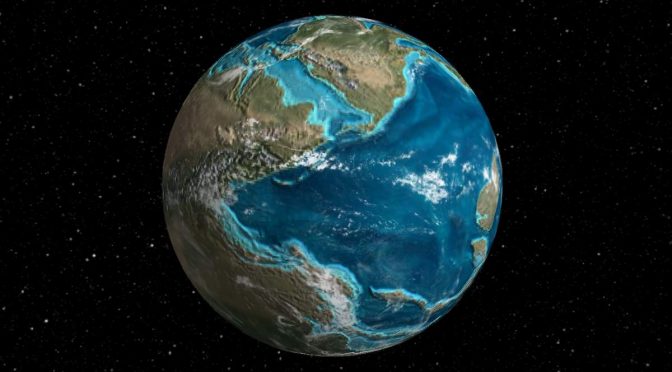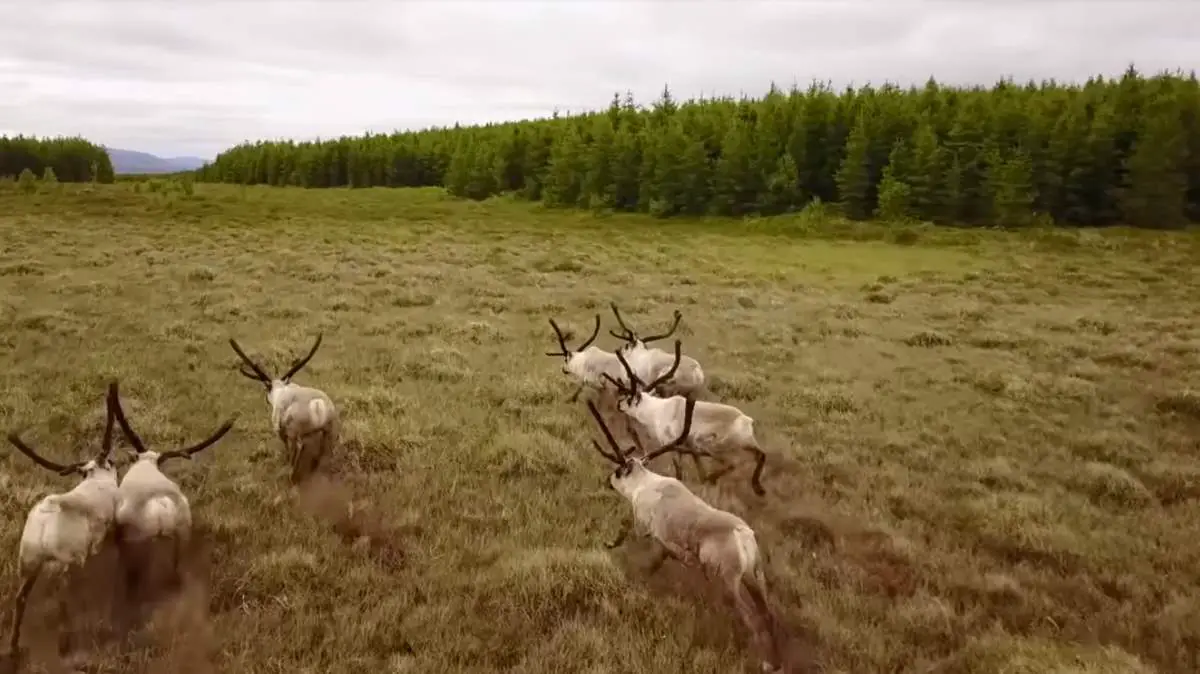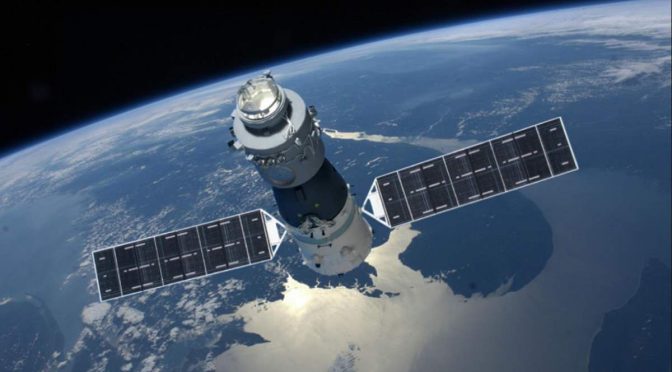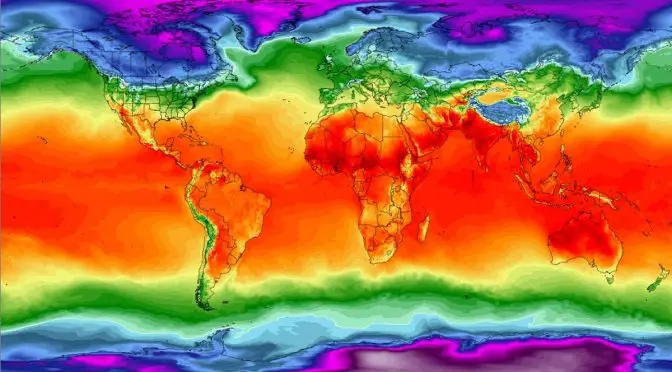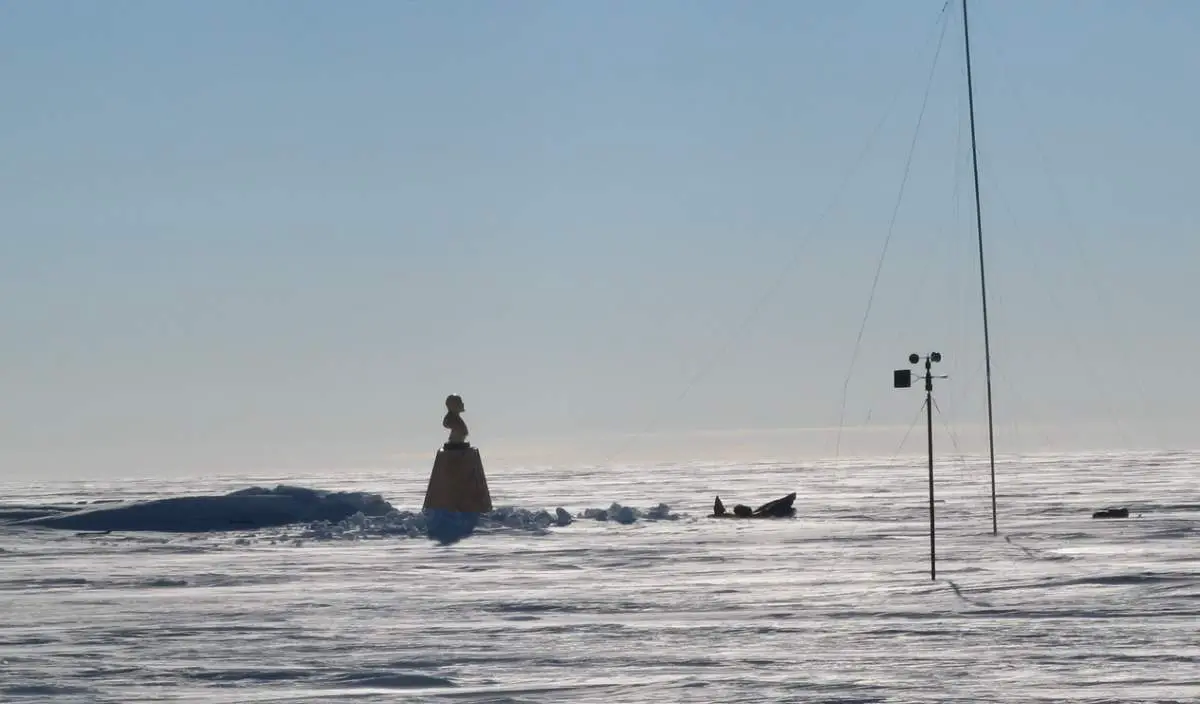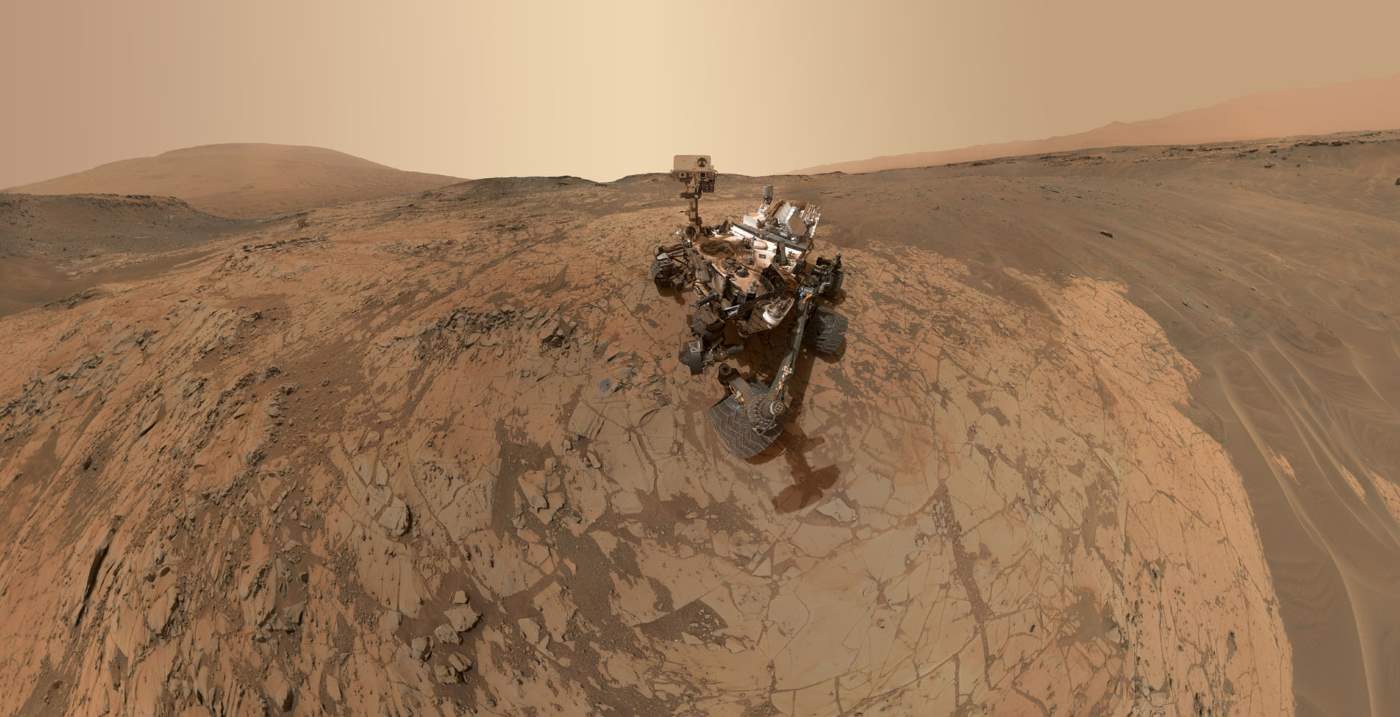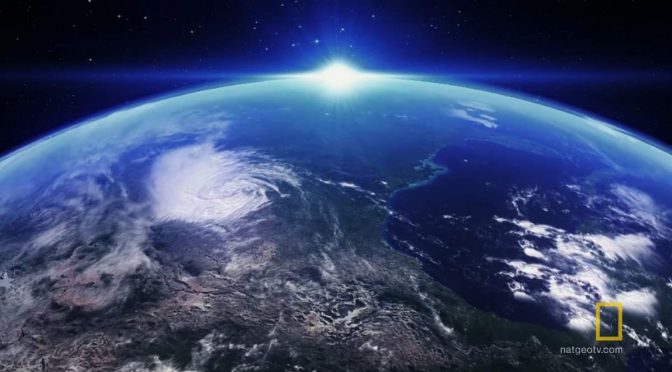On April 5, 2018, the first powered flight test of VSS Unity, the suborbital (see notes 1) rocket-powered crewed spaceplane (see notes 2) of Virgin Galactic, took place. The American spaceflight company published the highlights video of the event on its YouTube channel.
Continue reading “Virgin Galactic’s VSS Unity First Powered Flight”Here’s What did Ancient Earth Look Like
I stumbled upon an amazing web page showing what did ancient Earth look like. On the “Dinosaur Pictures and Facts” web page (dinosaurpictures.org), there’s also an interactive animation. On this page, you can either select the years (i.e. 600 million years ago) or jump to a particular event (i.e. first multicellular life) and see how ancient Earth did look like then. You can also remove the clouds and stop the Earth’s rotation if you want to.
Continue reading “Here’s What did Ancient Earth Look Like”Iceland is growing new forests for the first time in 1,000 years
Iceland was extensively forested when it was first settled. When the Vikings first arrived in the 9th century, the Nordic island was covered in 25 to 40 percent forest, compared to 1% in the present day. In the late 12th century, Ari the Wise (Ari Thorgilsson, 1067-1148 AD), Iceland’s most prominent medieval chronicler, described it in the Íslendingabók (Book of Icelanders (see notes 1) as “forested from mountain to seashore”.
Continue reading “Iceland is growing new forests for the first time in 1,000 years”Earth’s Wonders Like You Have Never Seen Them Before
Planet.com, a team of analysts and rocket scientists, software engineers, creatives, environmentalists, and researchers, have published an amazing post on their Medium account, @planetlabs. In the post titled “Earth’s Wonders Like You’ve Never Seen Them Before”, you can see amazing aerial photos of some famous places.
Below, you can see an example of the amazing photos published in the post: “The Pearl-Qatar”.
Continue reading “Earth’s Wonders Like You Have Never Seen Them Before”Why You Shouldn’t Worry About the Uncontrolled Reentry of Tiangong-1 [China’s Falling Space Station]
Tiangong-1, China’s falling space station will make an uncontrolled re-entry on late Sunday, April 1, or early Monday, April 2. But, there’s no need to panic: the risk is quite low that people on Earth will be in danger. Since two-thirds of Earth’s surface is covered by water, any remaining debris that doesn’t burn up in the atmosphere has a high chance of falling into an ocean. In fact, in every few years, uncontrolled spacecraft of this size enter the Earth’s atmosphere.
Continue reading “Why You Shouldn’t Worry About the Uncontrolled Reentry of Tiangong-1 [China’s Falling Space Station]”Climate Reanalyzer [Visual Climate and Weather Datasets]
Today I stumbled upon on a beautiful website: the Climate Reanalyzer. In fact, Chris Hadfield, the retired Canadian astronaut and also who was the first Canadian to walk in space, tweeted about the website, saying “The current bulge of cold“. Then I visited the website and found it really informative.
Continue reading “Climate Reanalyzer [Visual Climate and Weather Datasets]”7 Most Remote Places on Earth
How far away can you get from everybody else on Earth? A video, published by RealLifeLore channel on YouTube answers this very question. The answer is “actually quite far”, there are a lot of extremely remote places left in the world and some of them have actually yet to be reached by anybody in all of history. The world is an enormous place. Here are the most remote places on Earth.
“Let’s imagine that you have been suddenly teleported to the following locations, and then, imagine how or if you would escape.”
Continue reading “7 Most Remote Places on Earth”Mars Curiosity Rover Celebrates Sol 2,000
This week, NASA’s Mars Curiosity Rover celebrated its 2,000th Martian day (or Sol) on the Red Planet. The nuclear-powered rover was launched from Cape Canaveral on November 26, 2011, and landed on Aeolis Palus in Gale Crater on Mars on August 6, 2012. A Mars day is slightly longer than a day here on Earth: a sidereal day is 24 hours, 37 minutes, and 22 seconds (on Earth, it is 23 hours, 56 minutes, and 4.1 seconds) and a solar day is 24 hours, 39 minutes, and 35 seconds (on Earth, 24 hours).
Continue reading “Mars Curiosity Rover Celebrates Sol 2,000”“One Strange Rock” Trailer
We live on a strange rock… and nobody realizes that better than astronauts. A new documentary, including astronaut experiences of looking down at Earth from space, is coming to National Geographic Channel soon. The award-winning American filmmaker and writer Darren Aronofsky, the American actor, producer, rapper, comedian, and songwriter Will Smith, and experienced astronauts join forces to tell the extraordinary story of why life as we know it exists on Earth. Premieres March 26 on the National Geographic Channel. Here’s the trailer of the “One Strange Rock” documentary.
Continue reading ““One Strange Rock” Trailer”Exoplanet Travel Bureau by NASA [Interactive 3D Images]
Will we ever visit other stars? Maybe, in the distant future, if humans won’t become extinct, our grand grand grand … (insert a hundred or a thousand “grand” here) children can stand on an exoplanet’s surface someday. But, we don’t have to wait. NASA has opened a new web page, an “Exoplanet Travel Bureau”, and we can, at least, see the artists’ imaginations of what an exoplanet surface looks like, based on available data. NASA warns, there are no actual images of the exoplanets, obviously. With interactive 3D images, it is still an exciting experience.
Continue reading “Exoplanet Travel Bureau by NASA [Interactive 3D Images]”
